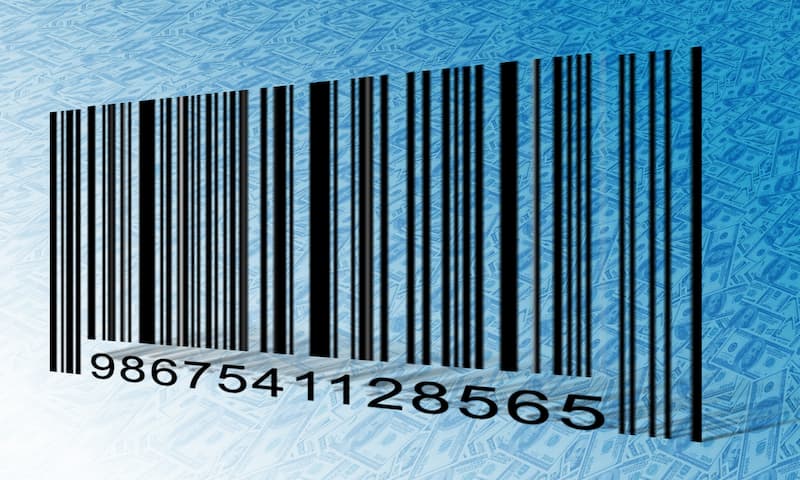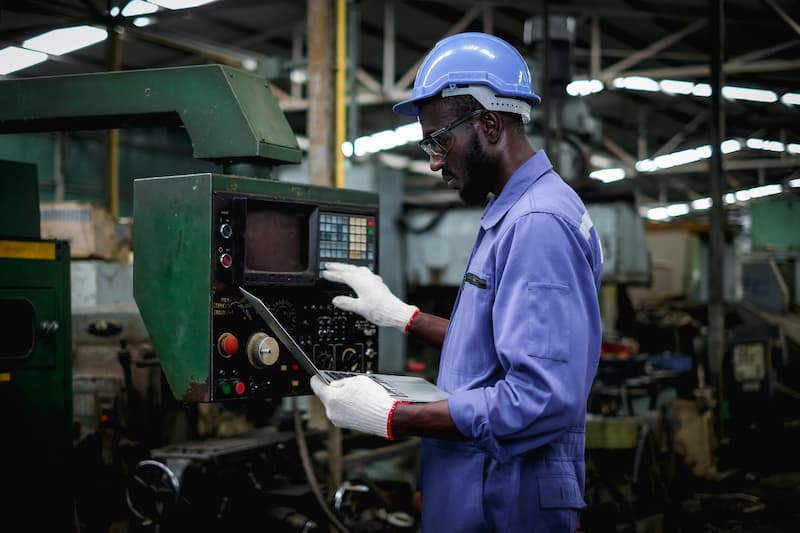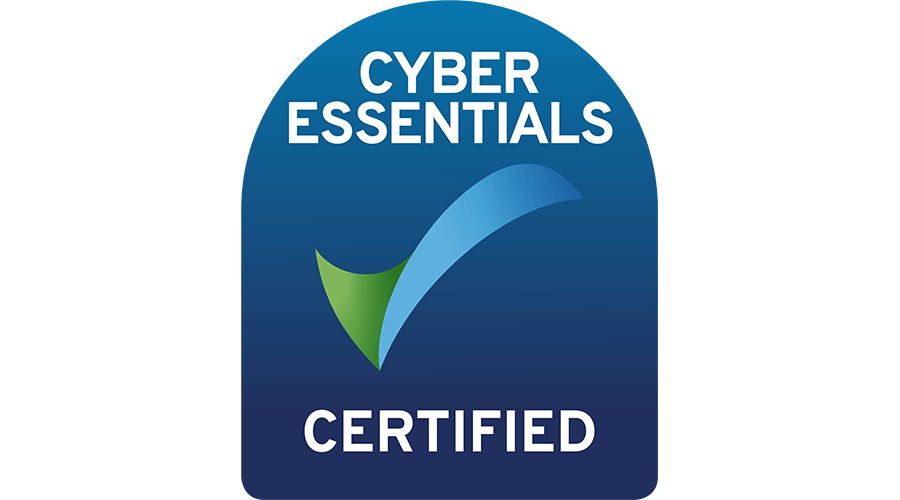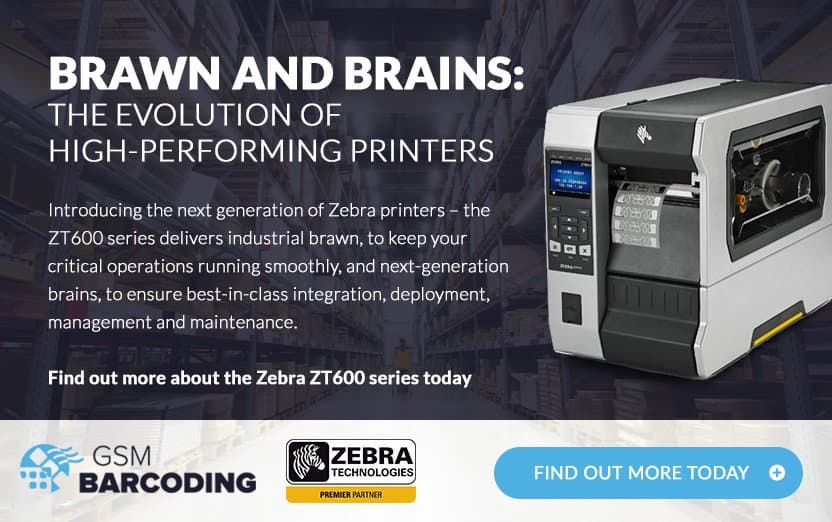Your business’s mechanical assets are essential for your daily operations, and knowing their condition is vital for maintaining productivity within your facility; fortunately, labels can help you maintain their condition.

Labelled Asset Preventative Maintenance
Preventative maintenance is the highly successful replacement of older machine maintenance programs. These older ideas were reactive-based; they involved focusing on quick repairs to reduce downtime, but preventative maintenance helps eliminate even more downtime by focusing on preventing the machine failure before it occurs.
By making the time to conduct regular preventative maintenance checks on your equipment, you can assess its status more accurately and solve many issues before they become disruptive shutdowns. Additionally, analysing previous results will reveal the long-term condition of your asset and help managers estimate when a replacement may be required. Preventative maintenance also provides increased control over these disruptions; these checks can be scheduled for periods of low activity where the shutdown will not affect your larger business.
Asset tracking labels and tags are used to easily identify any machinery or equipment the business uses so the results of these checks can be easily recorded, compared and updated in the future. For machine maintenance, labels will not only help specify which machine requires checks but also help create process checklists for that maintenance and the results. Asset labels are essential to increase a facility manager’s condition monitoring of their business, and with more data, more informed decisions can be made.

Different Types of Machine Maintenance Labels
When thinking of labels, most people will think of those made from paper or light plastic for commercial uses such as retail. These popular choices are often found in commercial products but are ineffective for machine maintenance. However, industrial facilities and manufacturing workflows that rely on heavy machinery need significantly more durable labels that will survive in these environments. Here are two examples of superior label materials that work effectively in active sectors.
Anodised Aluminium Asset Labels
Anodised aluminium labels are a highly durable choice for machine labelling with the malleability to be installed in various applications without affecting standard operations. Aluminium is chosen because of its flexibility and the extra safety measures it provides.
Many industrial sites require strict safety measures around their equipment; for example, many plastic manufacturing facilities will generate high levels of static electricity during their operations. A random spark could ignite a flame, endangering staff and equipment. Aluminium is a non-toxic, non-magnetic and non-sparking material that will be safe to attach to any machinery. The details encoded into your aluminium barcode label are etched into the material rather than printed on top with ink. Additionally, anodised aluminium has an anodic seal layer added to it that improves abrasion and corrosion resistance, perfect for surviving exposure to chemicals, solvents and oils commonplace in industrial environments.
Polycarbonate Asset Labels
Polycarbonate is an impressively tough material that provides high temperature and chemical resistance. In addition, the amorphous nature of the material has inherent mechanical properties with high dimensional stability. It results in polycarbonate having a significantly higher strength-to-weight ratio whilst being light.
Like the previous label, polycarbonate has a high resistance to harmful substances, impacts and heat that are needed in industrial environments, making it a popular choice. Environment control will still be maintainable with this label material thanks to their non-porous and low electrical conductivity and other characteristics.
The main difference between these two materials for asset-label production is sub-surface printing. Unlike other label printing or etching, polycarbonate has the label encoding printed within the material. This ensures the data is surrounded by a layer of this durable material and eliminates the chance of wear and tear corrupting the encoding.
The working environment of the asset in question must be considered when choosing an effective label material. Therefore, several questions will affect your choice of labels, such as the location of the asset, the operating temperature and any other environmental conditions previously mentioned.

Using RFID for Asset Tracking Labels
RFID is a technology that has been around for a long time but has only been applied to asset maintenance in recent years. These labels can be read wirelessly by additional automated scanners, such as portal gateways, and their data can be added to the system without human interaction.
RFID labels are split into active and passive versions, with low, high and ultra-high categories. Active RFID uses miniature batteries to power a transmitter that signals its presence, whereas passive RFID uses the radio energy to scan it to power communication.
Whilst RFID can be used to track assets successfully, it has its downsides in machine maintenance. RFID struggles with interference problems that make the additional investment costs required seem wasted. RFID specialises in clean, calm environments where you can scan items without a line of sight, but industrial environments are often highly actively charged either electrically or chemically, which will cause interference in the signals. Standard asset monitoring labels are far more reliable and efficient as your engineers will still need to visibly inspect the machine in person for required maintenance checks.

The Rise of Asset Tracking and Monitoring Systems
Whether they are fixed mobile assets, you need to have complete confidence in their ability to do their job to remain productive and safe in the workplace. Keeping track of these regular maintenance schedules can be challenging whilst monitoring the wider business as a whole, and it is surprisingly easy to begin missing them.
Computer-based fixed asset management software is an increasingly popular solution to this problem, with most facility managers investing in one. These systems are often wireless and can be accessed on a mobile computer or another smart device. These assistive systems significantly improve operational efficiency through a collection of checklists, calendar reminders and maintenance logs. The popularity of these systems has been justified and proven as an excellent method of ensuring the continued productivity of your equipment and machinery.
Whilst these systems are highly effective in getting the most out of them, they should work in conjunction with asset labels designed to assist with preventative maintenance programs.
Asset Maintenance and Tracking Solutions From GSM Barcoding
At GSM Barcoding, we pride ourselves on supplying highly successful asset tracking systems and labels to assist companies from all industries in maintaining the operational status of their valuable equipment. Contact us to discuss your business needs and how we can help you.


















